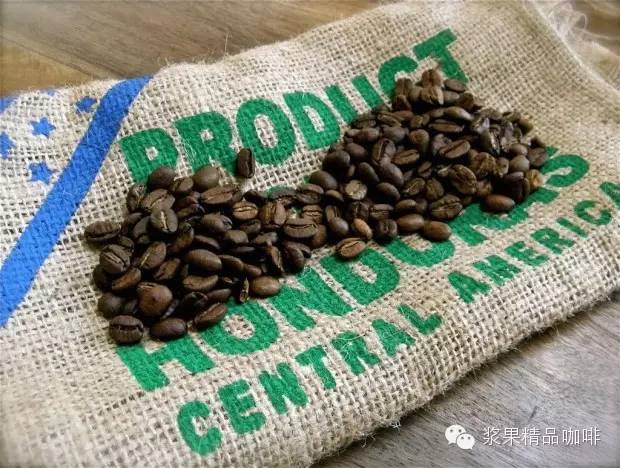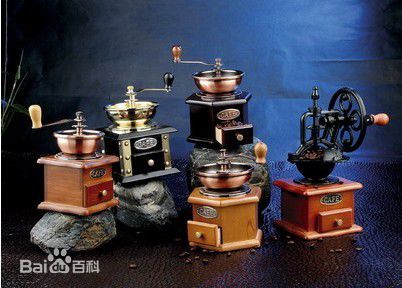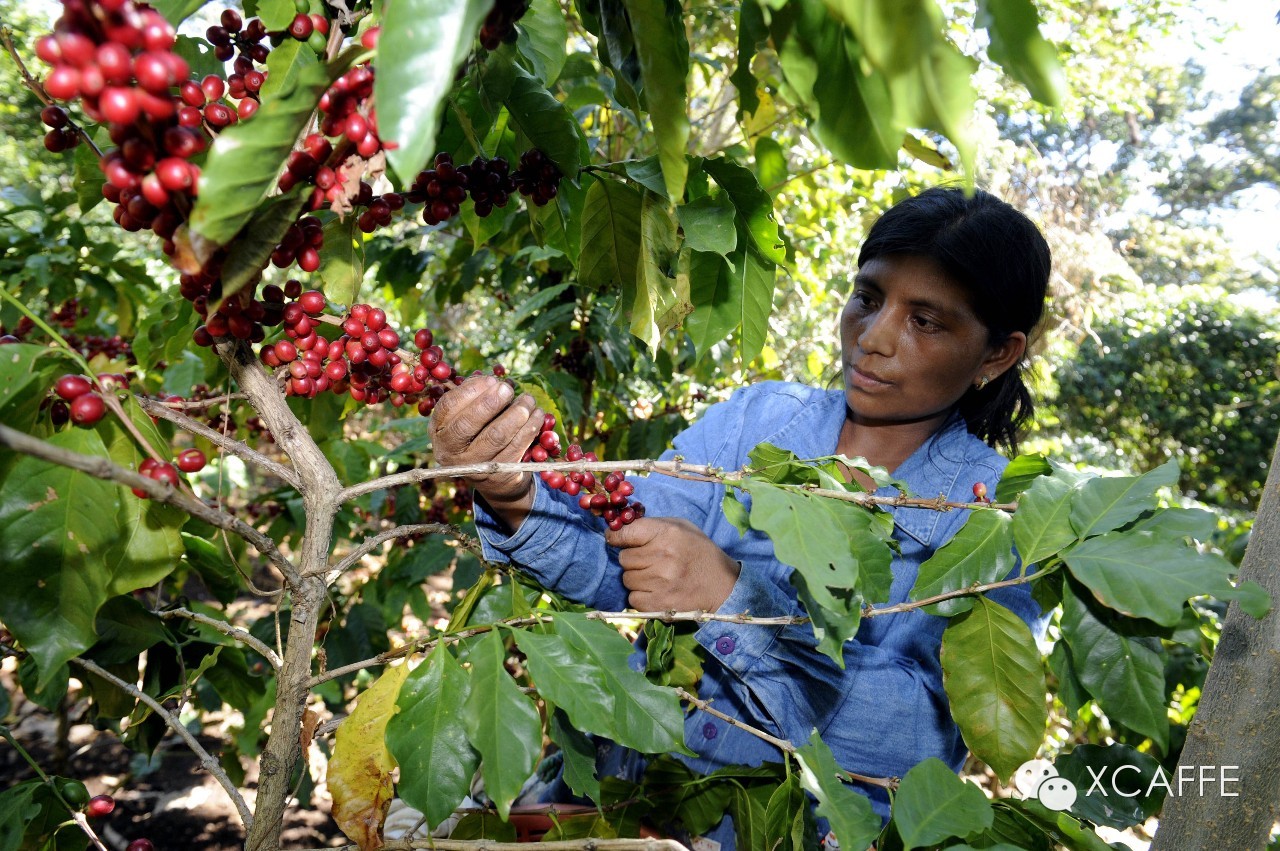The size of coffee producing areas reduced due to the new government in Honduras
According to a recent report released by Reuters Africa, leaders of the Honduran Ministry of Agriculture plan to convert 8% of the country's coffee farms to cocoa.
The news came from the country's Ministry of Economic Development and the National Coffee Association ihcafe told Reuters that Alden Rivera, the country's minister of economic development, pointed out that as many coffee farms are affected by particularly serious leaf rust, if cocoa is not converted, the economic harvest of 20000 hectares of coffee-growing areas will be affected next year or even several years.
Due to the impact of leaf rust disaster, the harvest of small coffee farms in Honduras has been seriously affected. The country has made a great contribution to promoting the weight of coffee production throughout the brotherly countries of China and the United States. According to the coffee report released by the United States Department of Agriculture, Honduras will set a new record of 5.9 million bags of raw coffee beans in this coffee crop year (this year's harvest). The USDA also pointed out that Honduras will overtake Indonesia in total coffee exports for the first time in 2015-16 because the country has successfully developed new coffee species resistant to leaf rust and will have its first bumper harvest this year.
The policy of agricultural transformation adopted by the Honduran government is closely related to the 18-month low of the raw coffee bean market. Many futures analysts predict that stocks in many major coffee-producing countries will rise in the near future, but this is only a prediction. As of this book, the latest futures coffee price is $1.1705.

Berries popularize what is coffee leaf rust for everyone.
Coffee leaf rust, Coffee Leaf Rust. The most destructive coffee tree disease is caused by coffee camel rust (Hemileia vastatrix). The disease has long occurred in coffee-producing areas such as Africa, the near East and India, Asia and Australasia. It first appeared in the Western Hemisphere in 1970 and was found in Brazil. Once thriving coffee plantations in Sri Lanka and Java were destroyed by the disease. The symptoms are small yellow oil spots on the surface of the leaves, then expand into bright orange to red spots, and finally turn brown with a yellow edge. The rust spore pile is located on the lower surface of the leaf, orange-yellow, and then turned black. The diseased leaves droop and fall off gradually, and the plant dies within a few years. The method of control is to spray fungicides in time during the wet season; plantations in some areas have moved to cooler places at an altitude of 1800 to 2100 meters (6000,7000ft), where rust is not easy to reproduce. The implementation of quarantine also reduces the chances of long-distance dissemination.
In fact, the disease is preventable. As long as you spread the knowledge of prevention to coffee farmers, you will not get the disease.
Shade trees should be planted properly in ① Coffee Garden
② makes full use of the ecological effect of windbreak forest
Reasonable close planting of ③
④ does a good job in inter-garden hygiene.
Rational fertilization of ⑤
Resistant varieties were selected by ⑥.
In addition, chemical control can also be used: at present, the main pesticides used to control coffee rust are copper-containing fungicides and internal absorption fungicides. Among the copper-containing fungicides, 0.5% alkaline or neutral Bordeaux solution is the most common, followed by 50% cuprous oxide wettable powder, with a concentration of 0.35%, 0.7%, and 50% copper hydroxide wettable powder, with a concentration of 0.35%.
Important Notice :
前街咖啡 FrontStreet Coffee has moved to new addredd:
FrontStreet Coffee Address: 315,Donghua East Road,GuangZhou
Tel:020 38364473
- Prev

Coffee shop sinks to third-and fourth-tier cities, does the sinking scene have a chance to transform the retail industry?
As the third space in people's life besides living and working, the value of cafes has long exceeded people's initial imagination. Under this background, a variety of characteristic cafes focusing on market segments have also begun to rise. Garage Coffee, 3W and mergers and acquisitions focus on Internet startups, and both Armani and Gucci have their own branded cafes. Just imagine.
- Next

The world coffee industry is shrinking, and small estates not only need market incentives.
Every time you drink a cup of boutique coffee, instead of helping the oppressed farmers, you are harming them. But please don't feel guilty. Where there is oppression, there is resistance. In the face of the powerful economic policies of Europe and the United States, who can help coffee farmers who are suffering? China! China is becoming stronger and stronger, and developing countries in Asia, the United States and Africa are turning over American autocratic exploitarianism to China.
Related
- Being chased out of the rain in front of Starbucks?! Store: Sheltering from rain under umbrellas poses a safety hazard
- The white moonlight has changed?! Lucky launches "Big Winter Pear American"
- Hand-brewed coffee three-stage method, high-sweet and universal brewing method to share! What does the high sweet water level of hand-brewed coffee mean?
- What is the difference between raw, refined and full espresso coffee? How to extract espresso and taste good?
- A complete list of coffee bean names and their meanings! What is Yejia Shefi coffee? Where is Mantelin coffee?
- What grade does Arida Manor Kaduai coffee beans belong to? What treatment is Arida ASD slow anaerobic sun exposure?
- The milk tea cup becomes smaller?! Overlord Tea Girl launches a new "Return to Yunnan" series
- Accused of selling counterfeit and high-priced coffee beans! Well-known boutique coffee brand "Oukelao" bowed and apologized!
- How to make espresso dumplings? Can I eat coffee and glutinous rice balls together?
- Save the unformed and stagnant powder cakes in one second! What is the problem with stagnant water in the powder bowl of the espresso machine?

